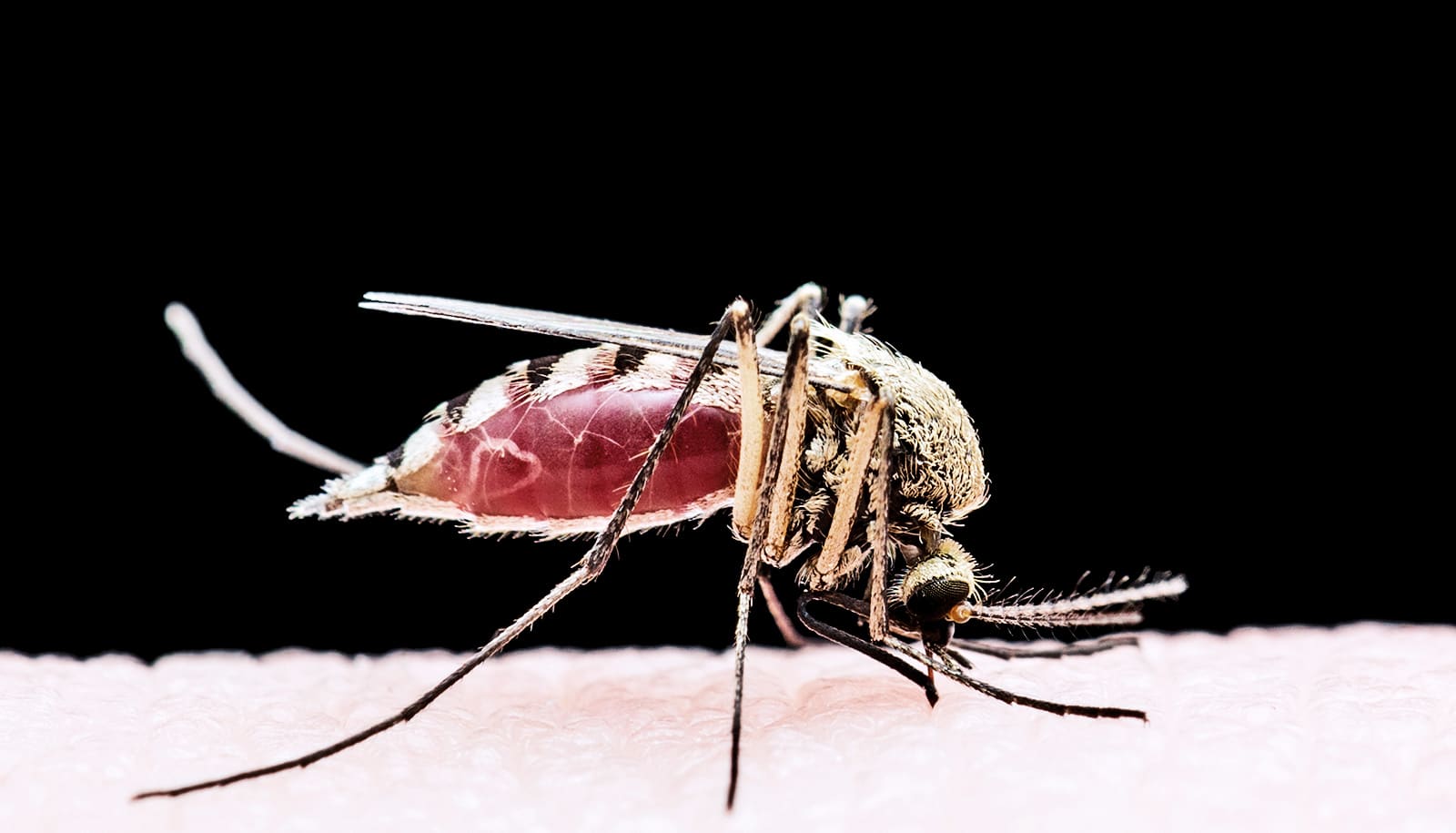Researchers have identified a portion of the brain in mice that integrates sound, action, and reward expectation.
Researchers have known that signals that sounds generate go from the ears to the brain stem, thalamus, and auditory cortex. How other brain areas use the signals for decision-making and action has been unclear.
In a series of studies, researchers in the lab of Santiago Jaramillo, a professor of biology and member of the Institute of Neuroscience at the University of Oregon, identified a portion of the brain known as the posterior tail of the dorsal striatum as a key player.
The researchers laid out the path to that conclusion in three papers.
In April 2018, Jaramillo’s group reported in Nature Communications that neurons in the posterior dorsal striatum provide a stable representation of sounds during auditory tasks. Follow-up papers in the Journal of Neuroscience have shed more light on the auditory sensory system of mice.
In January, Jaramillo reported that this brain area receives signals from two parallel pathways, one from the auditory thalamus and other from the auditory cortex. In the second study in March, the researchers looked more closely at how the brain integrates the signals.
“Signals from both pathways tell you the frequency of sounds very well,” Jaramillo says. “This explains why if you shut down the auditory cortex you still get the signals you need from the auditory thalamus. In our second study, we investigated the integration of sound, action, and reward. We knew that the activity of neurons in these brain regions represents sounds, but what about actions and expectations about reward?”
Using electrophysiological recordings in simple two-choice scenarios, the researchers found that the integration of a reward response, or the expectation of a learned reward, is enhanced in the posterior dorsal striatum.
Initially 11 adult male mice, over 100 trials, heard brief bursts of high- and low-frequency sounds. As a reward, one or two drops of water awaited the mice if they moved right or left based on a sound’s frequency. At that point, researchers changed the reward-sound association to see if they could reprogram anticipation in the mice and influence a change in directional behavior.
Over time, the enhanced response in the posterior dorsal striatum emerged as the mice adapted their movements to seek the bigger reward.
“You can tell from the firing of neurons which action the mouse expects will yield the best reward,” says Jaramillo.
Research in Jaramillo’s lab aims to understand how the brain learns to make better decisions. Brain regions and circuitry are similar in humans, he notes, but whether sound signals are reaching the posterior striatum from two pathways isn’t known.
Eventually, Jaramillo says, his research could provide avenues for therapeutic strategies, potentially including specialized devices to treat human auditory disorders or damages associated with strokes or injuries.
“What we do in the lab is foundational science,” he says. “We are trying to understand how the healthy brain works, so future research can use this knowledge to develop better diagnoses and therapies.”
The National Institutes of Health funded the research.
Source: University of Oregon



